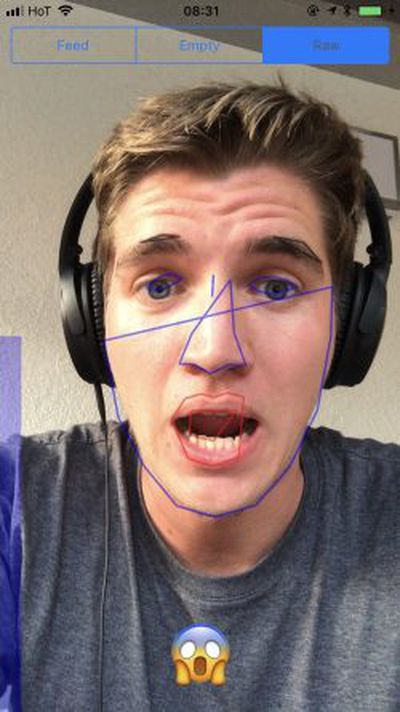Following the demonstration of a phishing attack that used Apple-style password requests to get into an iPhone user's Apple ID account, developer Felix Krause this week has detailed another proof-of-concept project, this time focused on the iPhone's cameras.
Krause warned that any time you grant an app permission to access your iPhone's front and back cameras, the app can secretly take pictures and videos of you as long as it's running in the foreground (via Motherboard).

Similar to his previous blog post, Krause's camera privacy project isn't about disclosing a new iOS bug, but more about warning users that this kind of privacy violation is possible within iOS. Many apps regularly request permission to the camera in iOS, allowing users to post photos from their Camera Roll, take a picture within the app without leaving it, and more.
Krause explained that with these permissions granted to a malicious app, the iPhone's front and back cameras can be turned on when that app is running. From there it could record content, upload it online, and even run real-time facial recognition software to detect emotions, all without indicating that your iPhone is recording you or your surroundings.

Krause created a demo called watch.user to further emphasize his point, creating a fake social network app that tracks the user. As you browse, Krause explained, "you'll suddenly see pictures of yourself, taken a few seconds ago while you scrolled through the feed." In the image above, he explained that with a vision framework in iOS 11 a developer could even map someone's face to track their expressions, and Krause's mapping software displayed a corresponding emoji as a further proof of concept.
The developer said that there are "only a few things you can do" to potentially prevent this from happening, including purchasing camera covers to place over your iPhone's lenses. Otherwise, you have to revoke camera access for all apps -- which would greatly hinder the usefulness of many apps -- and instead always use Apple's built-in Camera app.
Krause reported the issue to Apple, and mentioned a few ways it could be potentially addressed:
- Offer a way to grant temporary access to the camera (e.g. to take and share one picture with a friend on a messaging app), related to detect.location.
- Show an icon in the status bar that the camera is active, and force the status bar to be visible whenever an app accesses the camera
- Add an LED to the iPhone’s camera (both sides) that can’t be worked around by sandboxed apps, which is the elegant solution that the MacBook uses
To double check which apps have access to your iPhone's cameras and photo library, navigate to the Settings app in iOS, tap Privacy, and there you'll find Photos and Camera. Apps that you've granted access to each will be listed, and you can change settings with toggles or choosing to "Never" allow access. As a point of emphasis, Krause's project isn't a bug or a major security breach you need to worry about, but it is a good reminder to ensure the apps you grant camera access to are trustworthy.























